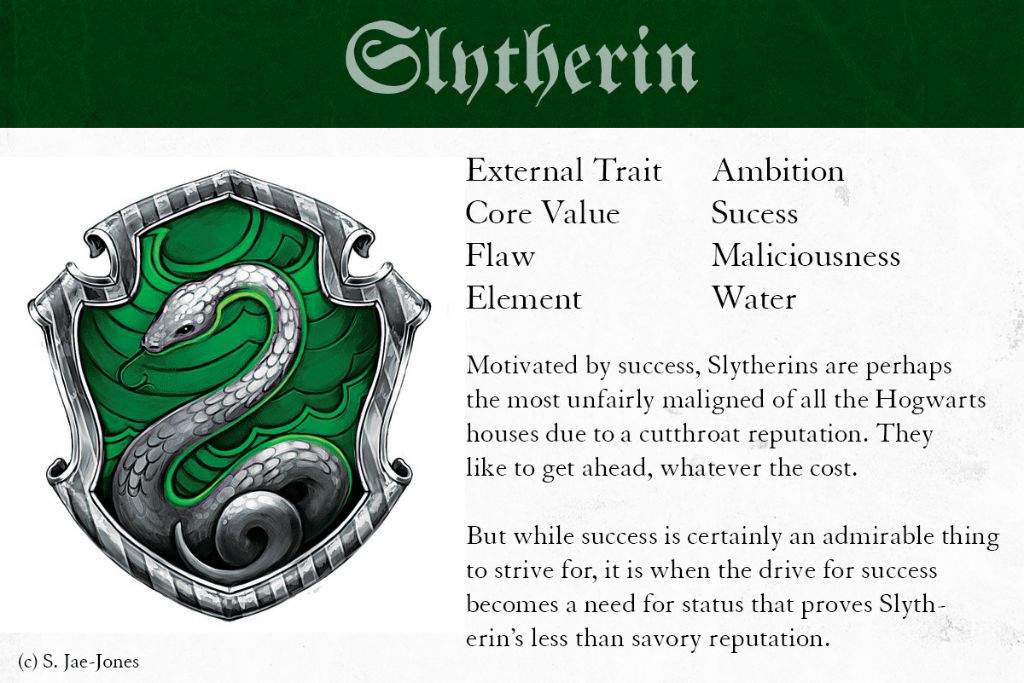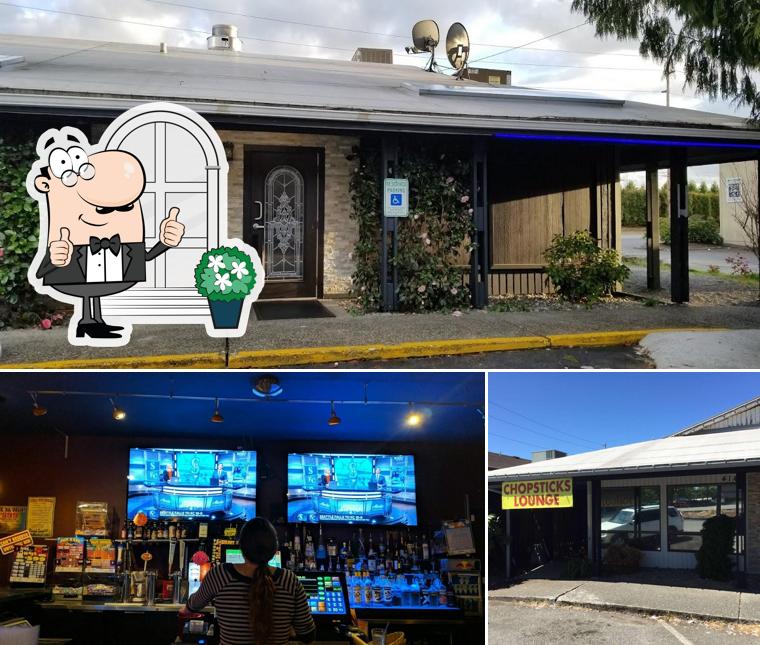Table Of Content

Your choice should be based on your needs so that you don't overspend on unnecessary features that only complicate the process. Some well water sources can be high in calcium and magnesium, contributing to hardness. For well owners, it is best to incorporate a UV system to eliminate the threat of microorganisms.
Whole-House Reverse Osmosis System Installation: DIY vs. Hiring a Professional
Aquatech has been dedicated to providing ultra-pure water to southern California for nearly 20 years. We aim to be the best water filter company offering clean and purified drinking water systems. Our mission is to eliminate plastic waste and pollution for a cleaner, greener, and healthier world. The RO membrane effectively does what the other filters cant’ and removes dissolved solids and heavy metals such as lead, mercury, arsenic, fluoride, iron, and aluminum.
The Ultimate Guide to Reverse Osmosis Water Systems for Whole House
Most under sink RO systems don’t require as much space and some of them are even tankless but this is not possible with a whole home RO unit because you need to have enough water for all your appliances at one time. One downside of this reverse osmosis system is that it doesn’t come with a storage tank. We love that it’s simple to add a delivery pump with a non-pressurized tank to make this whole house RO system ready to meet your needs.
APEC Water Systems Portable Countertop Drinking Water System
The main thing to look for in a whole home RO unit is the efficiency of the model and the flow rate that it enables since regular RO filtration is known for being less efficient than other types of filtration. So you’ve decided that reverse osmosis filtration is going to be the most effective for your house and you’re considering a whole house system to filter all your incoming water. Whole house RO systems are an excellent option for people who want bottled water quality water throughout their homes.
It saves considerable space by condensing the filters into a single cartridge and forgoing a storage tank for filtered water. Instead, water is pumped to a countertop carafe that sits on display with an included base. You’ll also need a path for the tube to bring water from the filtration system to the carafe.
Is it better to drink boiled or reverse osmosis water?
How much water you use will determine the capacity of the semipermeable membrane or gallons per day (GPD) of the unit you need. If you’re going to use less water per day, a lower-production membrane is a better choice because it will run longer and spend less time sitting idle. The system’s daily and per-minute water output is impressive, considering the large number of filtration stages. Also remarkable and convenient are the system’s infrequent filter change needs. This offering from Home Master represents a solid value in an undersink RO system that’s easy to install.
Our Top Whole Home RO Systems Reviewed
There are several types of membrane system, however the most common is spiral wound. Reverse osmosis treatment is designed to remove a large spectrum of contaminants and this is why it is believed to be the most cost effective form of home water treatment system. You may not even need to do a water test if you can taste chlorine in your water or if you can spot small particles floating in your glass. In either case, it makes sense to invest in a whole home RO system for your peace of mind.

#5 iSpring RCB3P Light Commercial
This article was written by Erica Puisis, a freelance home writer who has been contributing to The Spruce since 2017. When researching picks for this list, she compared various types of RO systems, including options with and without a storage tank. She evaluated the most popular models based on the wastewater of each system, filtration speed, filter maintenance, and storage tank considerations. All of our recommendations include at least three stages of filtration and have been certified by the NSF or WQA.
How We Chose the Best Reverse Osmosis Systems
By seeking expert advice, you can make the most informed decisions and enjoy the benefits of a whole house reverse osmosis water system. The biggest recurring expense of any reverse osmosis system is filter replacement. With this system from Whirlpool, you can expect six months of viability from the two-part pre- and post-filter set, and one to three years of use from the reverse osmosis membrane filter. When it is time to change the filters, the encapsulated design makes the filter canisters easy to detach and remove without the need for tools. We researched reverse osmosis systems from the top brands, considering the system's size, speed, wastewater production, ease of installation, and the taste of the water they produce. We also looked for systems that have been certified by the National Sanitation Foundation (NSF) or the Water Quality Association (WQA).
She also specializes in content strategy and entrepreneur coaching for small businesses, the future of work and philanthropy/ nonprofits. An advocate for creativity and innovation, she writes with the knowledge that content trends tell an important tale about the bigger picture of our world. APEC offers the Essence 5-Stage as an excellent budget-friendly model, and if you’re in the mood for a splurge, consider Home Master’s TMHP HydroPerfection design. This taste can be described as a plastic, metallic, chlorine or fish like taste. This Pentair system tends to run on the higher end of cost, and installation might be tougher for the average DIYer.
There's new hope for eliminating PFAS from tap water: pitcher filters - Star Tribune
There's new hope for eliminating PFAS from tap water: pitcher filters.
Posted: Tue, 11 Jul 2023 07:00:00 GMT [source]
Common features we noticed include leak detectors and replacement filter indicators. Some RO filtration systems have a tank that stores water before it’s transferred to your sink. The type you purchase should depend on how much space you have in your kitchen. However, before deciding on which RO system works best for your home, there are several factors you should take time to consider to ensure you’re making the right purchase. First, you should examine the various types of reverse osmosis systems and determine if you want a countertop or sink reverse osmosis system. We had the system installed at our kitchen sink about 4 years ago and have found the system to deliver the high quality of drinking water advertised.
Professional installation and regular maintenance are essential to ensure optimal performance and longevity of the system. Out of all water treatment systems and methods, reverse osmosis removes the broadest spectrum of contaminants at the lowest costs with a contaminant removal of 95 to 99.99%. An average household of a family of 4 will only need about 300 to 400 of flow rate. There are also whole-house RO units that come with modular water filter designs that allow you to replace the filters along with the housing.
Included with this system are the purification unit, the filters, the tank, a ⅜-inch adapter with a shut-off valve, a chrome faucet, and a drain saddle, all of which are easy to install wrench-free. The purification unit measures just 16 inches high by 8 inches wide and the tank is 15 inches high by 11 inches in diameter, both of which are compact enough to fit under most sinks without taking up too much room. Capacity is often an issue when it comes to under-sink RO systems; a typical customer complaint is that their RO system just doesn’t produce enough water. That’s not the case with this system, which produces up to 75 gallons of purified water each day—more than enough for most households.
Yes, reverse osmosis filtration can help filter and eliminate the many contaminants found in groundwater to make it safer to drink. Whole-home reverse osmosis water filtration systems are more commonly found on rural homes that rely on well water. The installation cost of a whole house water filtration system depends on the type of water filter system you purchase. Some filtration systems cost less than $30 and can be installed by yourself.
A whole house filter is worth it if you purchase a lot of bottled water or have well water. If you detect contaminants in your water, a filtration system can be worth the investment, too. In our review, the type of stages or filtration included with the filtration system was analyzed and scored against other systems with similar abilities.
Trace mineral drops are the cheap and convenient option if you don’t have an RO system that comes with a remineralizing filter. These drops work very similarly to remineralization filters, improving the quality of tap water by introducing a host of beneficial minerals. The only difference is that you have to add them to your water yourself once you’ve filled your glass.













